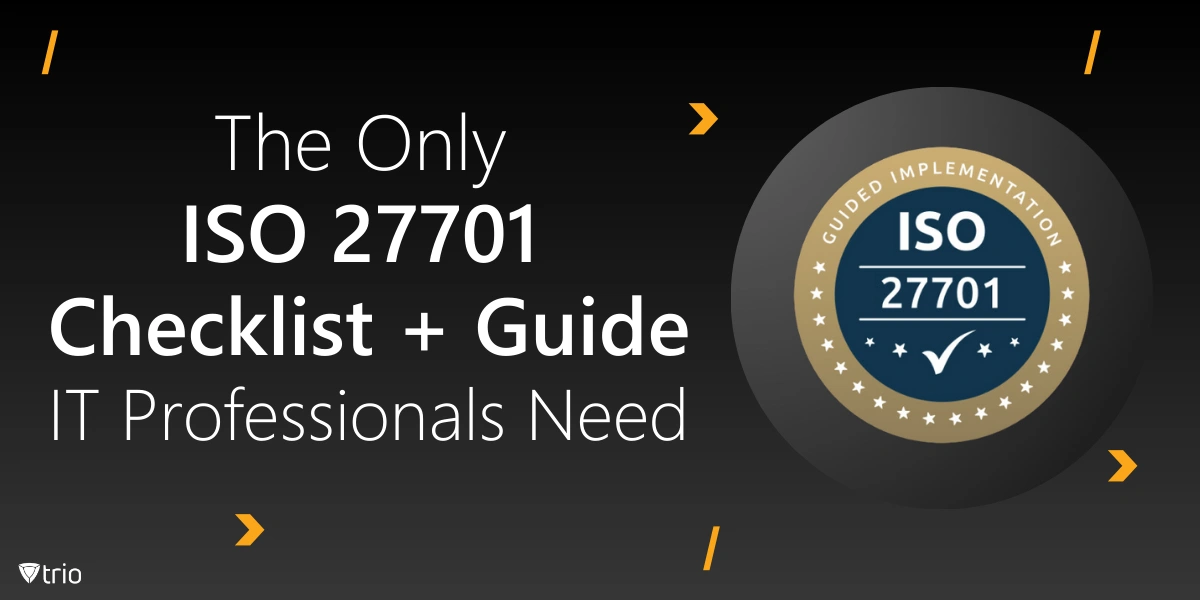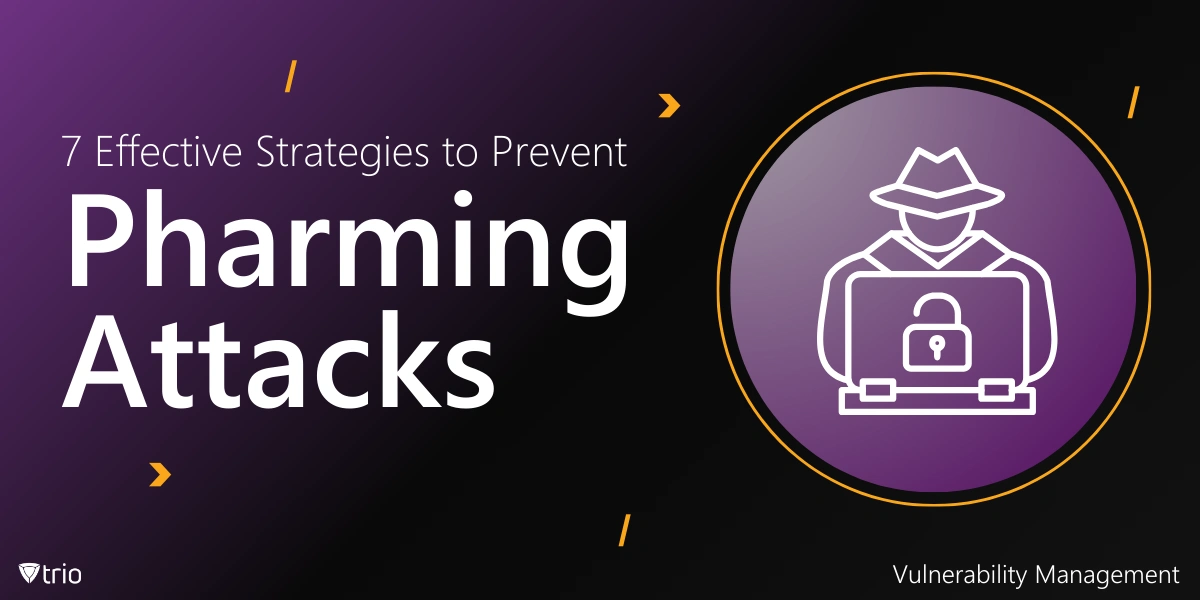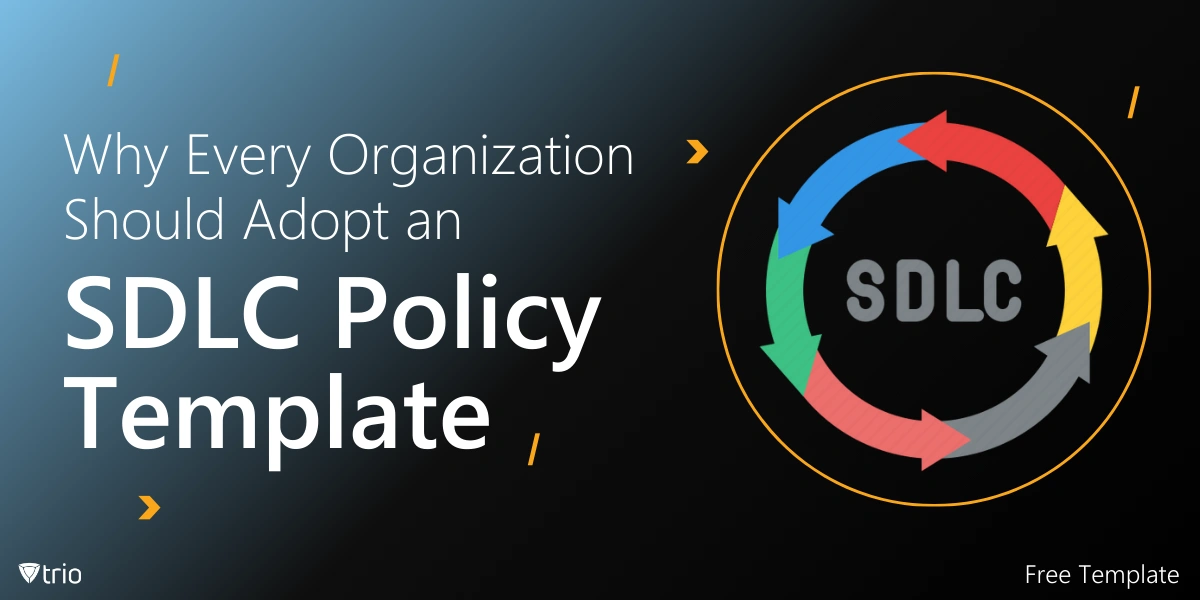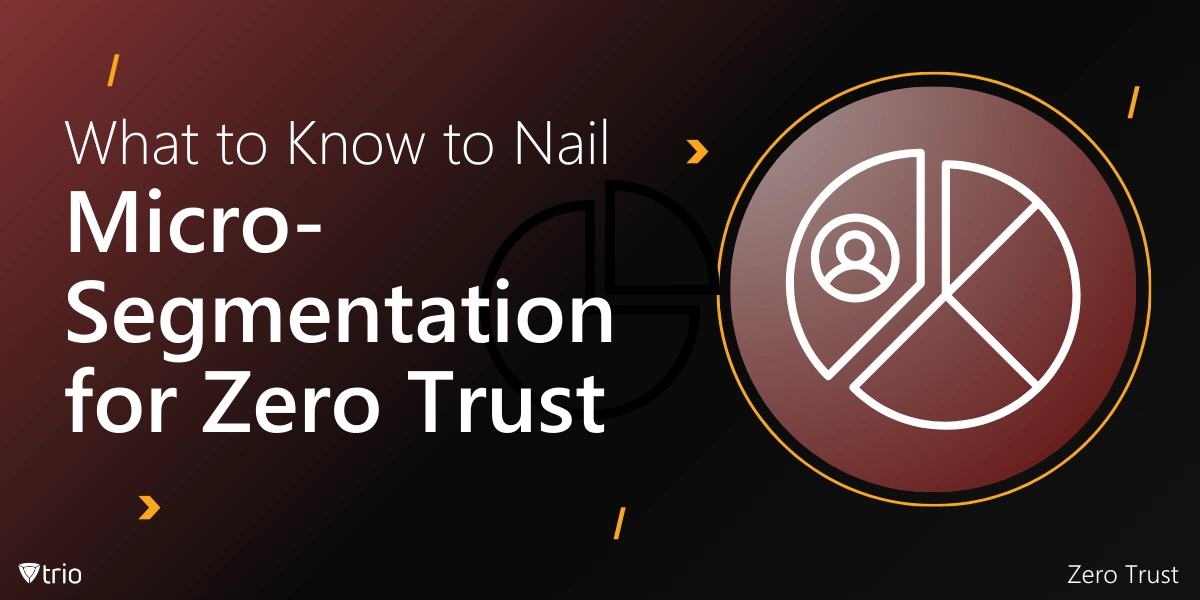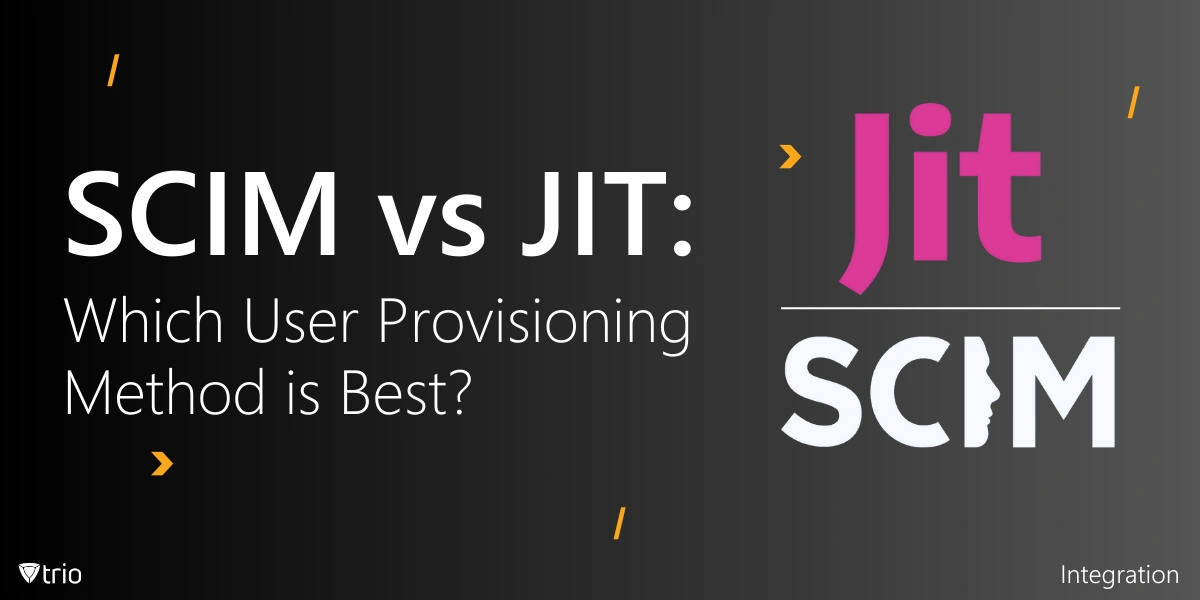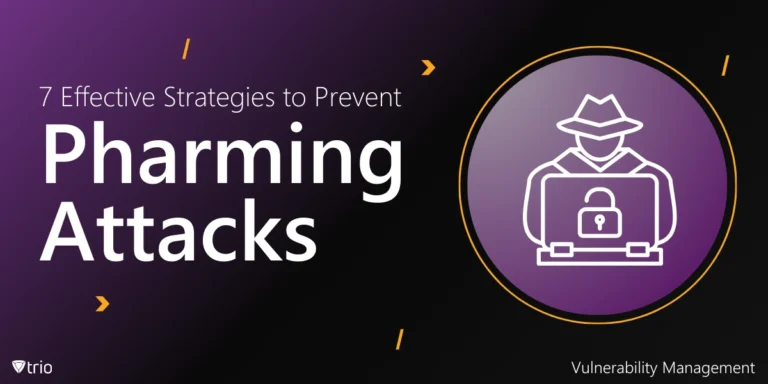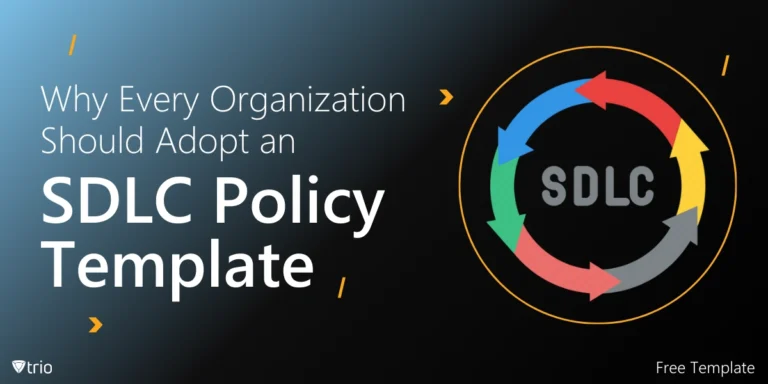With the increase of data breaches and privacy concerns, the need for robust data protection frameworks is at an all-time high. ISO 27701 plays a crucial role by building upon ISO 27001 to add privacy management requirements that specifically guide the management of personally identifiable information (PII). From helping organizations meet global privacy regulations to ensuring proper handling of PII, this framework offers a structured way to manage privacy risks.
In this blog, we’ll break down an ISO 27701 checklist, providing IT professionals with actionable steps to enhance their organization’s Privacy Information Management System (PIMS). Whether you’re preparing for ISO 27701 certification or just want to strengthen your data privacy practices, you can download the free checklist as your go-to guide.
Why is ISO 27701 Important for IT Professionals?
For IT professionals, understanding and implementing ISO 27701 is crucial for several reasons:
- Compliance: It helps organizations meet regulatory requirements, avoiding hefty fines and reputational damage.
- Risk Mitigation: By identifying and addressing privacy risks, IT professionals can protect sensitive data and prevent breaches.
- Enhanced Security: ISO 27701 complements existing security measures, providing a holistic approach to data protection.
- Customer Trust: Demonstrating commitment to privacy can build trust with customers and stakeholders.

The ISO 27701 Checklist
To help you navigate the ISO 27701 compliance journey, we’ve created a detailed checklist that outlines key steps and requirements. This checklist will serve as a valuable resource for IT professionals seeking to enhance their organization’s privacy posture. To enhance the usability of this checklist, we’ve provided a free downloadable version that you can customize and print.
Scope Definition
To effectively manage privacy risks, organizations must clearly define the scope of their Privacy Information Management System (PIMS). This involves identifying the departments, locations, and assets involved in PII processing. It’s essential to include both internal and external activities, such as those involving third-party service providers.
Roles and Responsibilities
Assigning clear roles and responsibilities is crucial for effective privacy management. This includes appointing a Data Protection Officer (DPO) to oversee compliance with privacy regulations and ISO 27701 requirements. Additionally, a dedicated privacy team can be formed to implement and monitor the PIMS, ensuring that privacy management responsibilities are clearly defined across the organization.
Risk Assessment for PII
Conducting a thorough risk assessment is essential to identify and address potential privacy risks. By evaluating the handling, processing, and storage of PII, organizations can pinpoint vulnerabilities and develop appropriate mitigation strategies. This includes implementing controls related to data access, security, and storage in line with ISO 27701 and applicable data protection laws.
Privacy Policy Development
A comprehensive privacy policy is a cornerstone of effective privacy management. This policy should outline how the organization collects, uses, stores, and shares PII. It’s essential to create clear and transparent privacy notices for individuals and develop policies for data retention and deletion.
PII Controllers and Processors
Organizations must understand their roles as PII controllers and processors. Data controllers determine the purposes and means of processing PII, while data processors handle PII on behalf of controllers. It’s crucial to ensure that data processing agreements are in place with third-party processors, outlining privacy and security requirements.
Data Subject Rights
Organizations must establish processes for managing data subject rights, such as access, rectification, and erasure requests. This involves providing individuals with the ability to access their data, correct inaccuracies, or request deletion of their data. Additionally, organizations must obtain and manage consent for the processing of PII in accordance with applicable laws.
Incident Response for Privacy Breaches
Developing an incident response plan for privacy breaches is essential to minimize the impact of such incidents and prevent future occurrences. This plan should include procedures for reporting breaches to regulatory authorities and affected individuals, as well as steps for containing the breach, investigating its cause, and taking corrective actions.
Data Privacy Impact Assessments (DPIAs)
For processing activities that are likely to result in high risks to individuals’ rights and freedoms, organizations must conduct Data Privacy Impact Assessments (DPIAs). DPIAs help identify potential risks and recommend appropriate mitigation measures. By conducting DPIAs, organizations can proactively address privacy concerns and demonstrate their commitment to data protection.
Training and Awareness
Regular privacy training is essential to ensure that employees understand their roles and responsibilities in protecting PII. Training should cover topics such as data protection laws, data handling procedures, and incident reporting. Additionally, organizations should promote a culture of privacy by design, encouraging employees to consider privacy from the outset when developing new systems, processes, and products.
Compliance with Regulations
Organizations must align their privacy practices with relevant data protection regulations, such as the GDPR, CCPA, or HIPAA. This involves understanding and complying with requirements related to data minimization, consent, breach reporting, and other key principles. Proper record keeping is also essential to demonstrate compliance during audits.
Monitoring, Auditing, and Review
Regular monitoring, auditing, and review are crucial to ensure ongoing compliance with ISO 27701 and relevant laws. Internal audits can help identify vulnerabilities and ensure that privacy controls are being implemented effectively. Additionally, organizations should regularly review and update their PIMS to account for new regulations, changes in operations, or emerging risks.
Certification Preparation
Preparing for ISO 27701 certification involves a thorough review of the organization’s privacy practices and documentation. This includes conducting a pre-certification review to identify any gaps or deficiencies and addressing them accordingly. Additionally, organizations must select a reputable certification body and prepare for the certification audit process.
Want to have an easy checklist to go through? Make sure to download our free version here:
How Trio MDM Can Help with Your ISO 27701 Checklist
Trio, a simplified MDM solution, makes the process of meeting ISO 27701 controls easier. Trio’s ability to manage devices and ensure data security across platforms makes it an essential tool for implementing privacy best practices. With built-in features like access control, Trio supports organizations at every step of ISO 27701 compliance.
Looking for expert guidance? Schedule a free demo of Trio to see how we can help you achieve ISO 27701 Certification.
